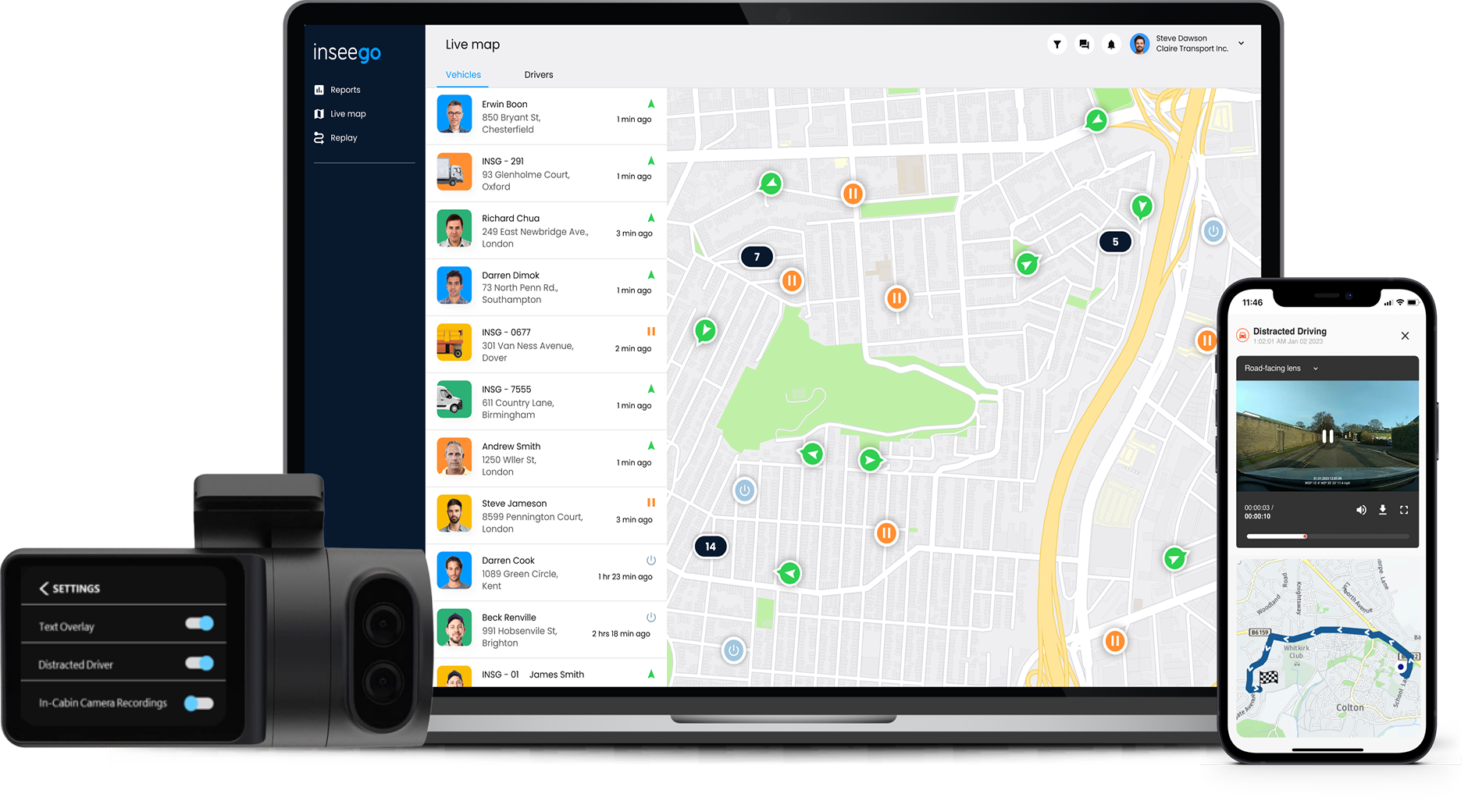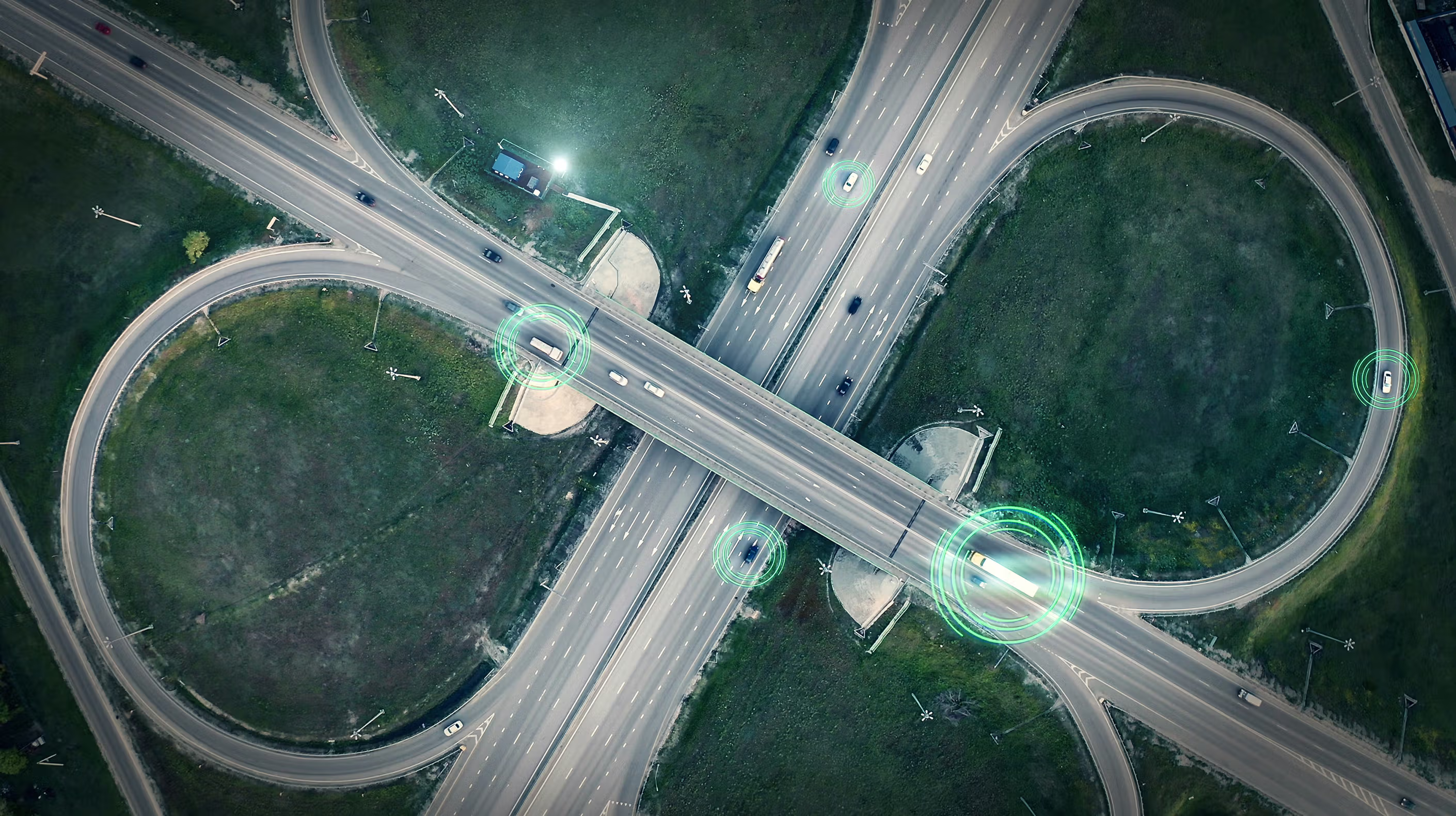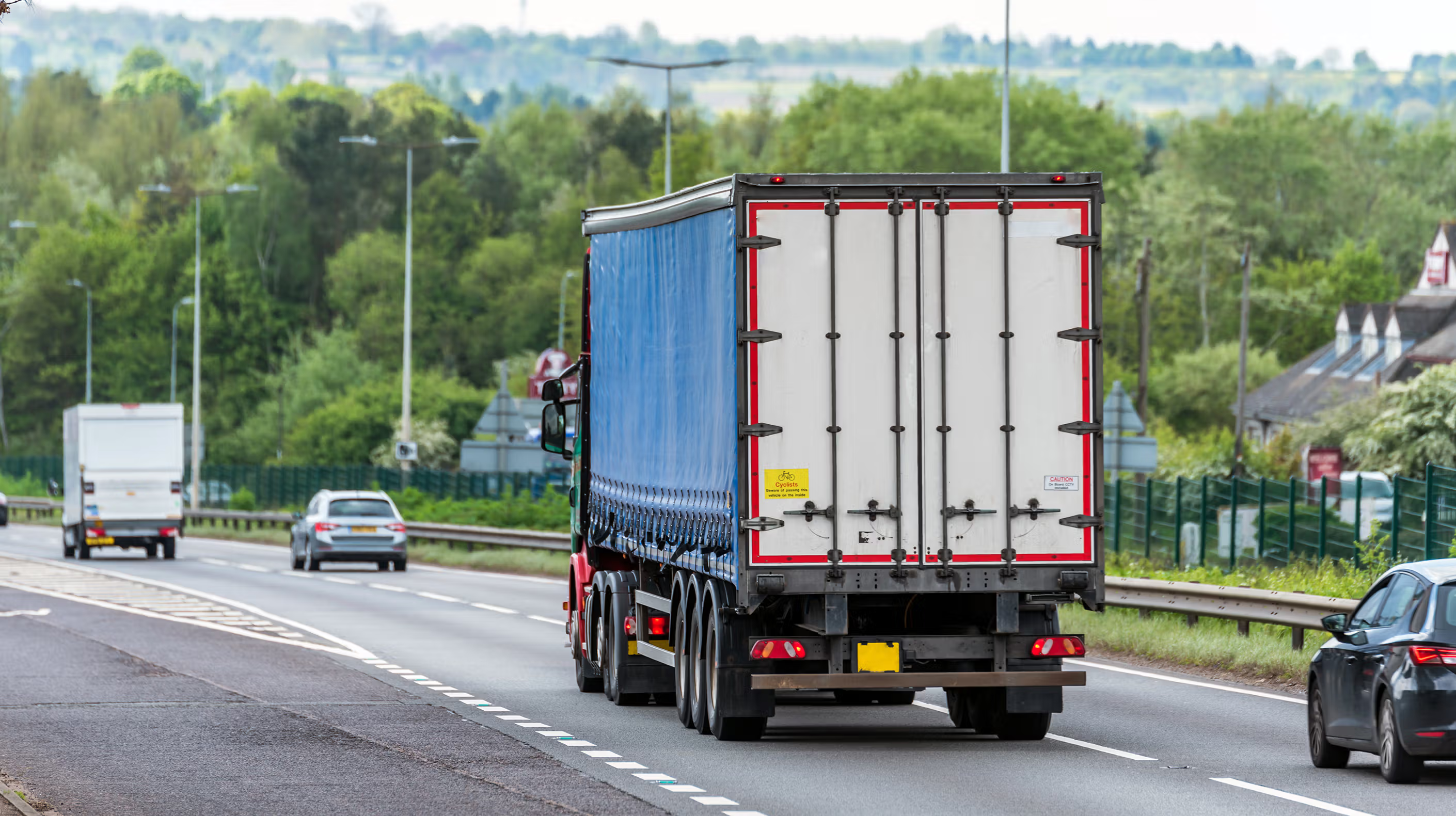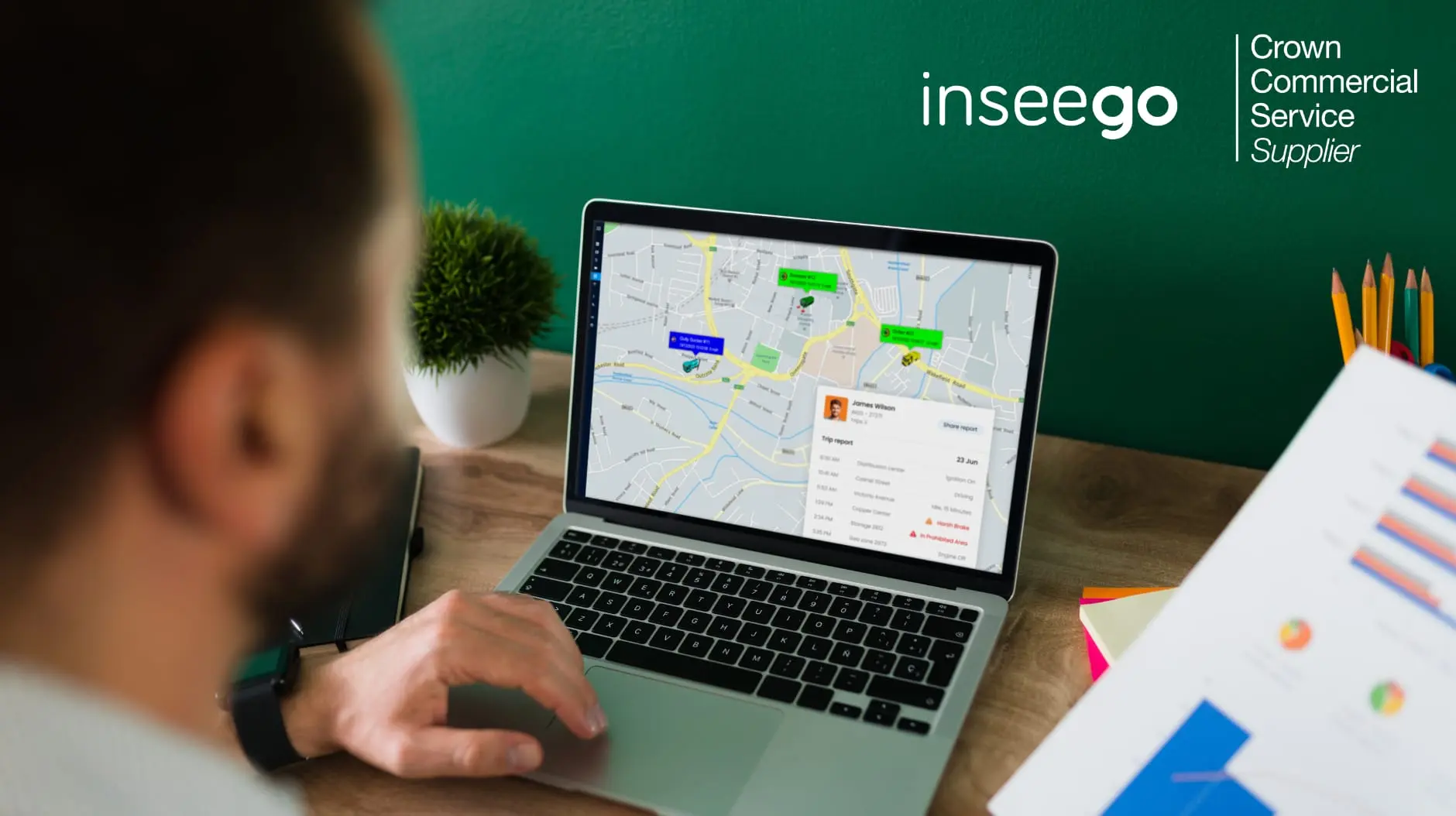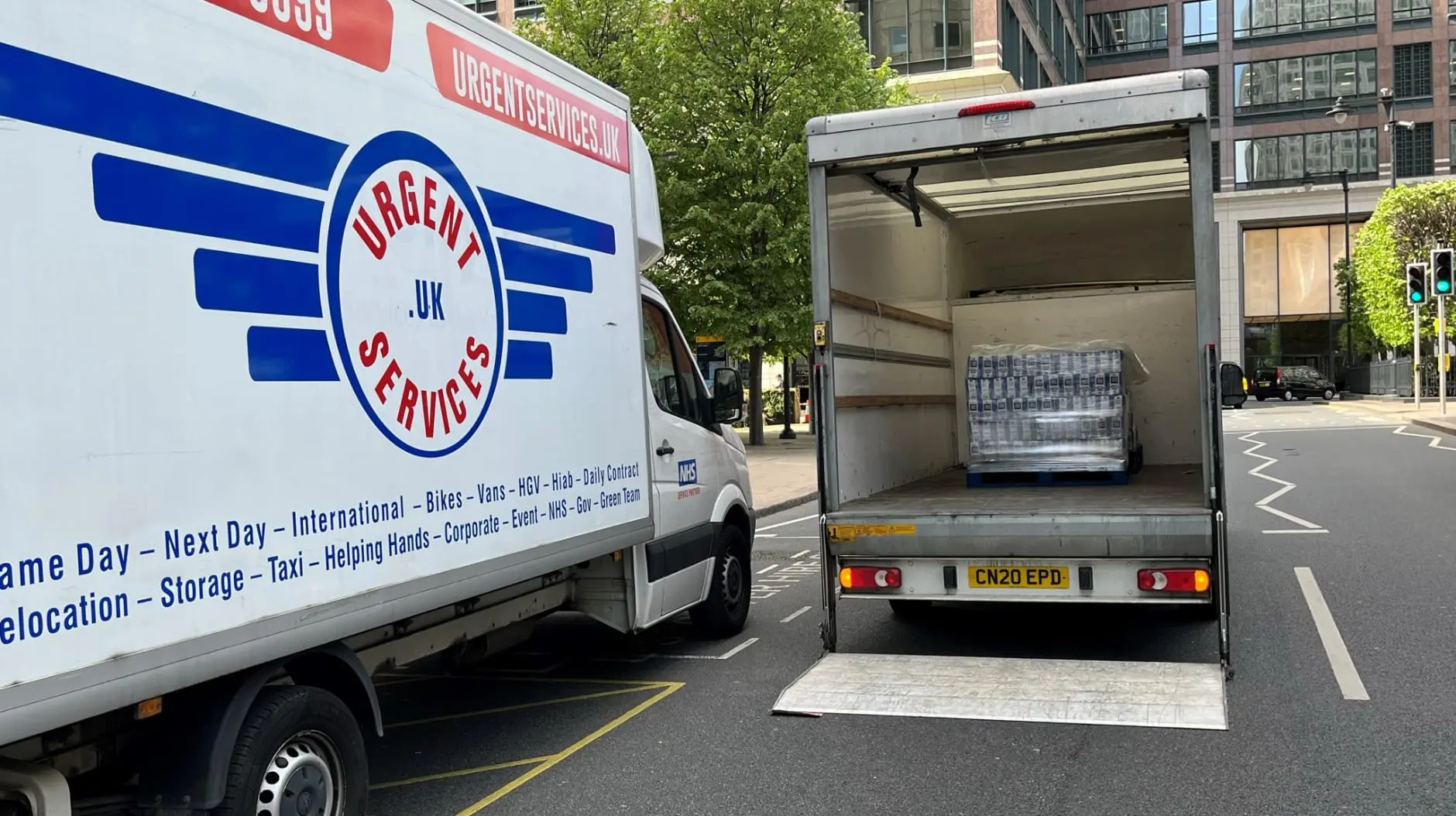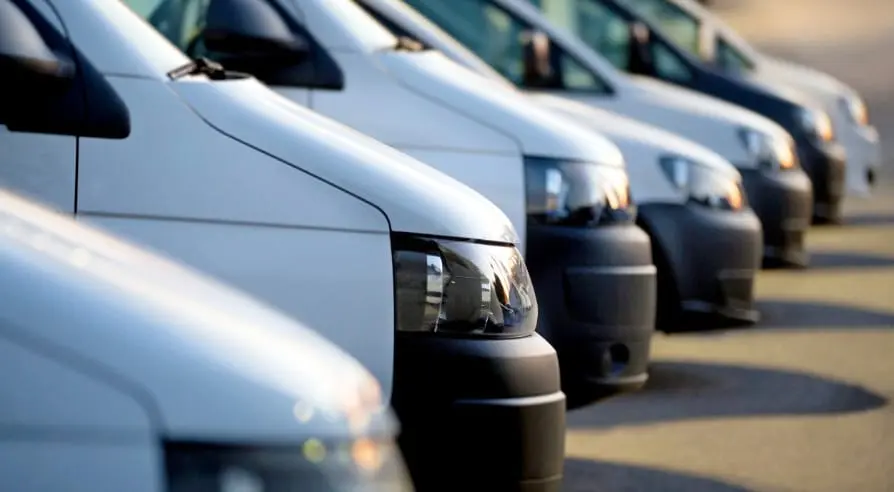More from the fleet glossary
View all fleet glossary entriesWhat is a tachograph?
A tachograph records driving time, distance and speed of commercial vehicles (over 3.5 tonnes) as part of a driver’s activity. Tachographs, or tacho as they’re sometimes known, were originally released as analogue tachographs but now they are mostly digital tachographs and built into the commercial vehicle (truck, or lorry for the UK). Tachographs work by receiving data from a sender unit mounted to the vehicle’s gearbox.
Each driver will have a driver card (or smart card, tacho) they use to start recording their individual driver activity. This driver card uniquely identifies them and help road safety authorities check to make sure each driver is complying with the relevant driver’s hours rules. This can be determined by a simple tachograph analysis or review of the tachograph data on a paper printout from the tachograph.
A tachograph is very important in helping improve road safety as it provides an automated way for drivers to monitor driving time, avoid infringements and make sure they observe the required rest periods. Because of their importance they are also designed to minimise tampering.
The driver’s hours rules can vary depending on the commercial vehicle (also known as an HGV) being driven, whether it is a goods vehicle or passenger vehicle. Rules can also vary by country, and there are sometimes exemptions. For example, drivers in the UK can refer to the gov.uk website for more information on the tachograph system, as well as learning EU rules for any journeys that take them across the channel into Europe.
Fleet managers can look into different types of tachographs, tachograph cards for their drivers (including digital driver cards, workshop cards or company cards). Review the tachograph rules for your area and consult with your local road transport authority for their advice.
Also consider providing a backup option where drivers can record manual entries for things like odometer readings and driving hours, in the event of a tachograph malfunction.
Tachographs can work with telematics systems that provide real time feedback on driver’s hours, vehicle speed and other vehicle data such as registration number for rapid identification. Discuss your tachograph needs with a telematics provider to look at deploying a fleet-wide solution.
